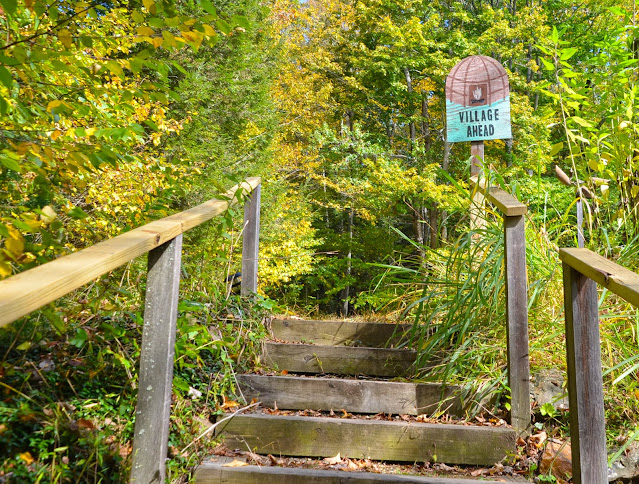When Americans think of the hardships faced by starving, shivering Continental Army troops during the harsh winters of the Revolutionary War, they usually remember the infamous winter encampment at Valley Forge, Pennsylvania in 1777–1778. What few realize, however, is that the eastern division of the Continental Army under the command of General Israel Putnam endured virtually identical trials and tribulations one year later while encamped in the vicinity of Redding, Connecticut.
The choice of Redding was a strategic one for Putnam’s division of troops: they had spent the previous months patrolling and skirmishing along the crucial Hudson River Valley, and from their camp in western Connecticut, they could still easily dispatch troops or couriers to West Point, Westchester County, New York City, or the interior of New England. Once the troops settled in for the winter in November 1778, however, what little energy they had left became fully devoted to surviving the same type of brutal winter conditions suffered by their compatriots at Valley Forge the year before. Compounding the harsh winds, snow, and frigid temperatures was a critical lack of supplies, including food, blankets, and winter clothing. Even worse, the troops had been paid in devalued paper Continental currency, rendering many of them unable to provide financial support for their families at home.
All of these miseries, and the frustrations that came with them, culminated in an attempted mutiny which took place at the Redding encampment on December 30, 1778. That day, a large number of troops decided to abandon the camp and march on Hartford to demand relief from the state General Assembly. Sometime that morning, General Putnam got word of the forthcoming uprising and rode his horse to where the disgruntled troops were gathering. There, according to several sources, he rode among them and delivered a rousing speech, rebuking them for deserting their country in its hour of need and appealing to their sense of patriotism and honor:
“You have behaved like men so far; all the world is full of your praises, and posterity will stand astonished at your deeds; but not if you spoil it all at last. Don’t you consider how much the country is distressed by the war, and that your officers have not been any better paid than yourselves? …Let us all stand by one another then, and fight it out like brave soldiers. Think what a shame it would be for Connecticut men to run away from their officers.”
Putnam’s inspiring speech to his starving troops worked well enough to restrain them from carrying out the planned mutiny. And having regained control of his command, Putnam was lenient on the mutineers. Out of the many soldiers involved, only one was identified as an unrepentant ringleader and confined. (He was later shot to death by a sentry while trying to escape).
While the uprising of December 30th was narrowly prevented, the grueling winter and terrible conditions continued, with only limited relief in the form of food and supplies. The Connecticut encampment was plagued by threats of desertion and mutiny for the entire length of the troops’ stay in Redding, which later acquired the fitting nickname of “Connecticut’s Valley Forge.”
Today, the site of Putnam’s winter encampment is open to the public as Putnam Memorial State Park. Established in 1887, Putnam Memorial was the first public park owned and administrated by the State of Connecticut. A dramatic statue of Israel Putnam on horseback greets visitors at the park’s entrance, and an obelisk with quotes from Putnam’s speech of December 30, 1778, commemorates the patriotic troops who stayed and suffered there during the harsh winter of 1778 – 1779.





































